420d vs 210d Packrafts – What Really Matters in New Zealand
When people start looking at packrafts, one of the first questions they hit is fabric thickness. The perception is that 420d is more durable. People might frame it as a “buy once, cry once” decision — spend more now, get something that will last forever.
But it’s really not that simple.
Bulk and Packability
420d fabric is noticeably bulkier. Once it’s rolled up, it takes up heaps of space in a pack. That’s not such a big deal if you’re a road boater, but if you’re buying a raft with the idea of hiking in and floating out, this is a big deal.
Truth is, most folks when they start packrafting won’t know exactly how they’re going to use it, or where it will take them. That’s why versatility matters. A 420d raft is limiting — not just because of the size, but because you’ll find it harder to pack everything you need, and the weight will rack up really quickly. One of the surprising things for new packrafters is just how heavy bags can get if you don’t keep a close eye on that stuff. Don’t let that be the reason you don’t fall in love with your first big trip.
My advice would be to get something less limiting at the start. Then, if you’re really keen to dial into roadside boating or trips where carrying bulky, heavy gear isn’t a big deal, that’s the time to commit to a 420d raft.
Durability and Real-World Experience
In practice, the 420d boats we trialled picked up pin holes just as often as 210d. Thicker fabric doesn’t make them immune — sharp rocks and New Zealand riverbeds still find their way through.
We take around a thousand people out rafting every year and maintain a fleet of around 40 rafts. In all the years of commercial use and personal missions, I’ve only seen two catastrophic tears from Alpacka. And one of those wasn’t even in New Zealand, so different conditions entirely.
This comes down to the quality of the TPU laminate Alpacka uses, and the way it’s bonded. It’s not just about fabric thickness — the overall construction makes the difference. In our experience, that’s why 210d Alpacka rafts stand up so well in New Zealand conditions.
Most of the major repairs I’ve had to do have been on the cheaper, mass-produced rafts like Blue Duck or MRS. In comparison, our Alpacka fleet — which gets far more use and abuse — simply hasn’t failed in the same way. At the end of the day, the quality of the design work and the materials used matter far more than the denier count on a spec sheet.
Where 420d Does Make Sense
There are some upsides to 420d. You can pump these rafts up harder and stiffer, which is why you’ll see Valkyries built with it. Those designs are aimed at harder whitewater, where stiffness and sliding over rocks become bigger priorities.
The extra stiffness is especially helpful when you’re dropping into bigger features — it holds the raft steady through drops, rather than gift-wrapping you like a taco. If you’re running continuous Class IV or V, that edge could make a difference.
But for New Zealand conditions, it’s hard to say how much it really matters. We’ve just not seen the big failures that would justify the extra weight and bulk for most paddlers.
Weight and Philosophy
Then there’s the weight. I’m by no means a full-on gram counter. I think, in the packrafting world, we’re in a post-ultralight era now. My approach is to find the lightest version of a bit of kit that will function as I need it to. The 210d does that for me.
I’m also the kind of person who’s willing to pay more upfront for gear that’s genuinely better built or higher performing. But in this case, based on years of running boats hard in New Zealand conditions, the 420d just feels like overkill.
Conclusion: Which One Should You Choose?
If you’re just getting into packrafting, start with a 210d. It’s lighter, packs smaller, and won’t set limits on the kinds of trips you can do. That versatility matters far more than an extra layer of fabric.
Down the track, if you find yourself doing mostly roadside boating, chasing big whitewater, or wanting the stiffest possible platform for drops, then a 420d might make sense. But for most paddlers in New Zealand, it’s extra weight and bulk without a clear payoff.
From what we’ve seen in guiding thousands of trips and maintaining a fleet of rafts, 210d is tough enough, versatile enough, and simply the smarter choice to start with.

Leave a Reply